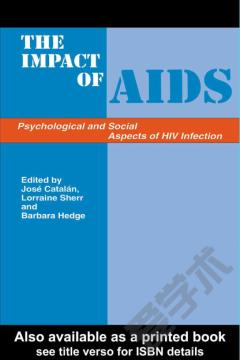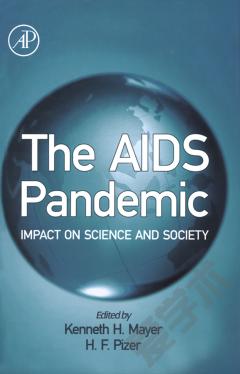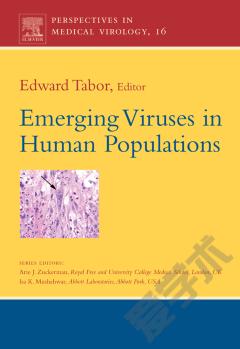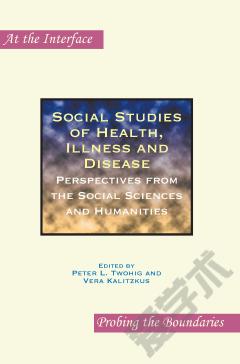Human Immunodeficiency Virus (HIV) Research: Social Science Aspects
Looking back over the course of the three-plus decades of the HIV/AIDS epidemic, scholars and researchers have made many significant strides in understanding and responding to HIV and AIDS. From the inception of the HIV/AIDS epidemic during the early 1980s until the mid-1990s, when highly active antiretroviral treatment (HAART) was introduced as an innovative and highly-effective way of controlling HIV and HIV-related diseases, the “average” person diagnosed as being HIV-positive could expect to live for several months and if lucky, for a few years. Today, with the medical advances that have been made in the fight against HIV/AIDS, people who have contracted HIV usually can expect to live relatively healthy lives, in most instances for many years without experiencing any serious complications of HIV disease. This book focuses on the social science aspects of current HIV research.
{{comment.content}}








 京公网安备 11010802027623号
京公网安备 11010802027623号